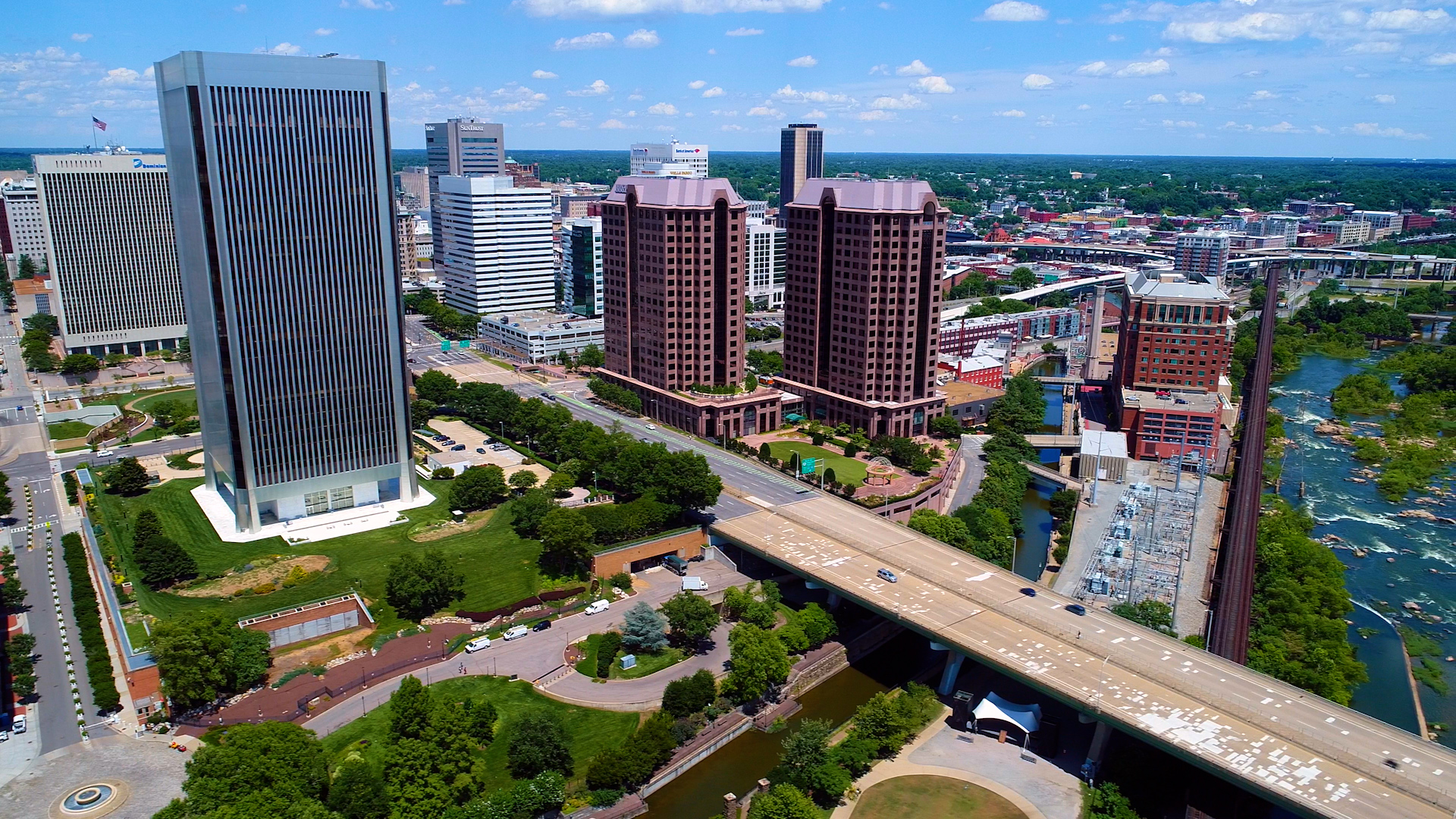We sat down with Barbara Brown Wilson, Ph.D., the speaker for the 2025 Morton B. Gulak Lecture on Tuesday, Nov. 18, from 3:00 - 5:00 p.m. EST. Her presentation, entitled "Building Adaptive Community Capacity During Challenging Times,” will focus on co-design tactics for working with neighborhoods, towns, and rural regions grappling with socio-environmental crises.
>>RSVP for the Gulak Lecture
Barbara Brown Wilson, Ph.D., associate professor of urban and environmental planning at the University of Virginia, researches and teaches the history, theory, ethics and practice of ecologically and community-oriented design and development, and on the role of urban social movements in the real world.
The essence of community in planning
Q: What does “adaptive community capacity” mean in practice, and how does it differ from traditional planning approaches?
A: The Intergovernmental Panel on Climate Change defines adaptive capacity as “the ability of a system to adjust to climate change — including climate variability and extremes — to moderate potential damages, take advantage of opportunities or cope with the consequences.” The concept originated from the environmental science field to describe a resilient, ecological system’s ability to absorb shock (e.g. how a good wetland can absorb some of the flooding during a storm). For planners and designers, adaptive capacity involves the consideration of a range of connected systems including social, environmental, cultural, and technical systems that collectively constitute a certain community. It also values local knowledge as a source of wisdom, unlike traditional planning practice that has not always considered communities from a systems lens or valued their local knowledge as worthy of inclusion, although that is changing.
Q: Can you share a specific example of a community you've worked with that successfully applied co-design strategies during a socio-environmental crisis?
A: When I lived in Austin, Texas, we had an affordable housing crisis and, relatedly, sprawl was consuming our regional environment and clogging our transportation networks. Co-design practices fostered a coalition driven by local community needs, assets, and ideas, and included local designers, planners, residents, and government leaders in identifying a realm of solutions to these linked challenges. What resulted was a nested series of both government and private-industry initiatives that produced an infill housing strategy to create the possibility for affordable, green Accessory Dwelling Units to be built across the city and a public works paradigm shift around infrastructural assets to encourage green alleyways to be woven throughout the city. Eventually, the City Public Works Department created the Neighborhood Partnering Program to ensure that co-design was woven into the fabric of their decision-making whenever possible.
Empowering vulnerable populations in planning decisions
Q: What role does racial and social equity play in shaping successful community responses to climate stress or displacement?
A: Most local governments have a stated mission to support the thriving of all residents, and that means finding out where there are gaps in service provision and filling them well. Research confirms that communities of color and low-income communities are often the most burdened by climate stress, so part of the work of ensuring that all communities thrive is crafting community responses to climate stress with the needs of the most burdened in mind.
Q: How can rural communities, often with fewer resources, effectively engage in these co-design and resilience-building processes?
A: It is all about relationships! Rural communities have very strong relational ties, so figuring out how to animate those towards collective decision-making processes, such as co-design, allows for the building of adaptive capacity to overcome stressors when they arise.
Big-picture thinking
Q: In your book Resilience for All, you emphasize community-driven design—how has your thinking evolved since writing it?
A: I still see community-driven design as a central and very positive aspect of transformational change. The stories in that book are necessarily small-scale, more pure forms of community-centered design, but in the years since its writing, I have become more interested in how these creative relational practices can fit into larger-scale urban change, since much of the work to solve these big challenges will happen at a district or larger scale.
Q: What do you think universities and planning schools can do better to train students in these adaptive and equity-focused approaches?
A: Implement systems thinking, creative multi-solving, and other tools in every action to build respectful, reciprocal partnerships. But most importantly, practice humility. These are all skills I try to build into every planning class I teach!
Future-oriented and actionable strides
Q: For planners and public officials attending today, what’s one actionable step they can take tomorrow to begin fostering adaptive capacity in their own communities?
A: Ask key neighborhood-based collaborators, those with local knowledge:
- ‘How could I better show up in those partnerships?’
- ‘What are the creative visions for your neighborhood you wish you could implement?’
- ‘What barriers prevent these visions from being implemented?’
Public officials should then work with their partners to collectively consider which network might be needed to remove barriers to achieving these shared goals.
Q: What gives you hope right now in the fields of urban planning and community resilience, despite the significant challenges we face?
A: Relationships are an abundant resource in most communities. People are working hard to figure out how to become more deeply connected with one another and that is always a great thing.

.jpg)

